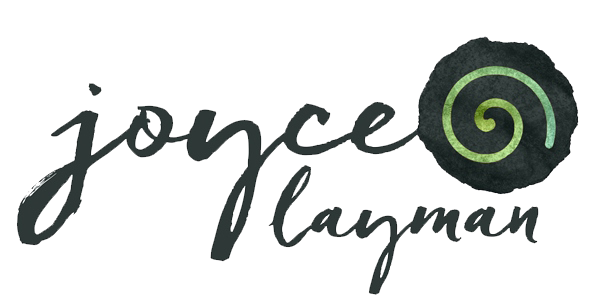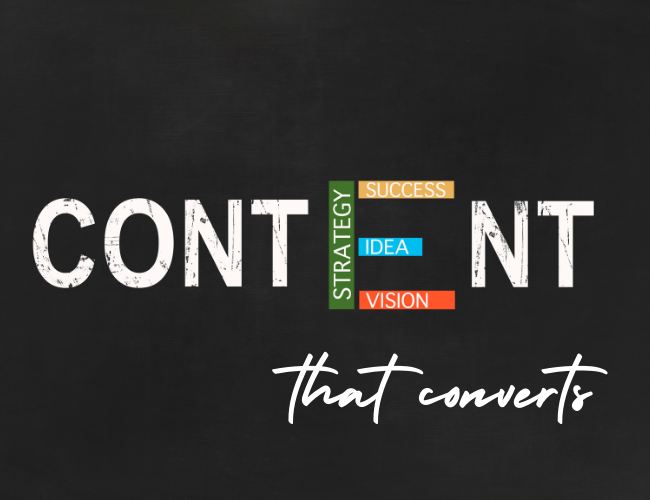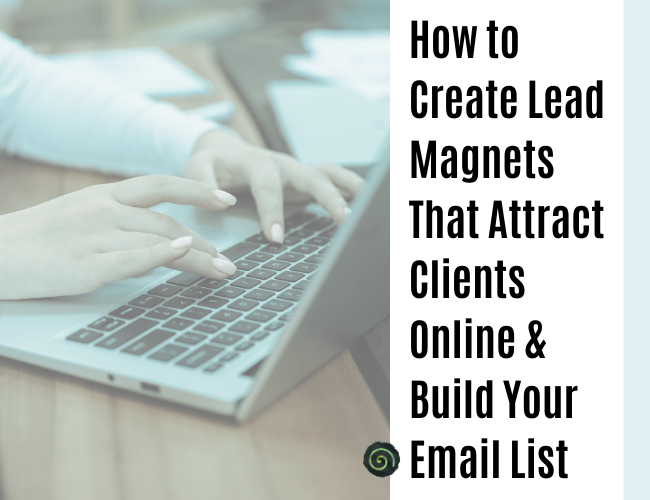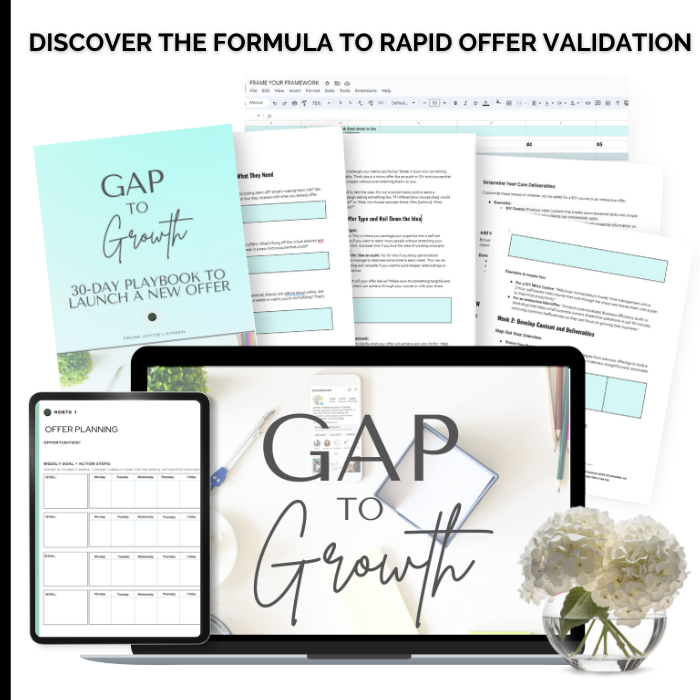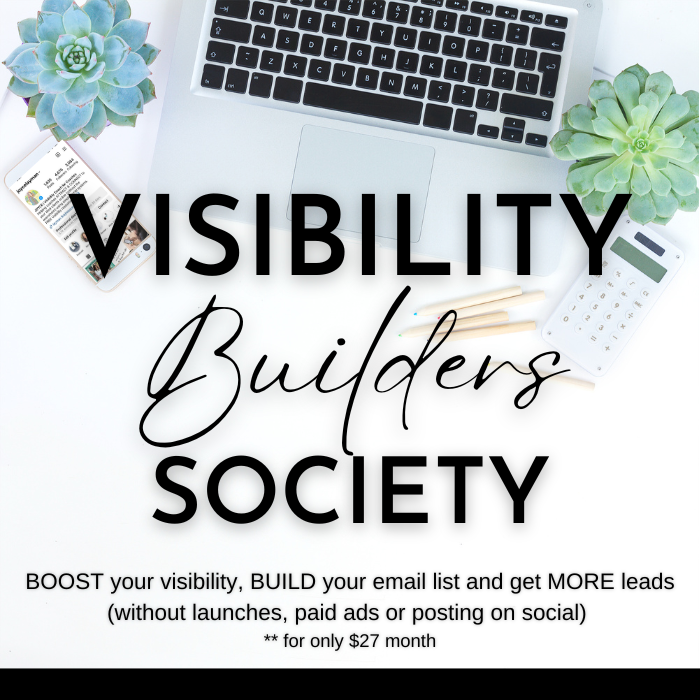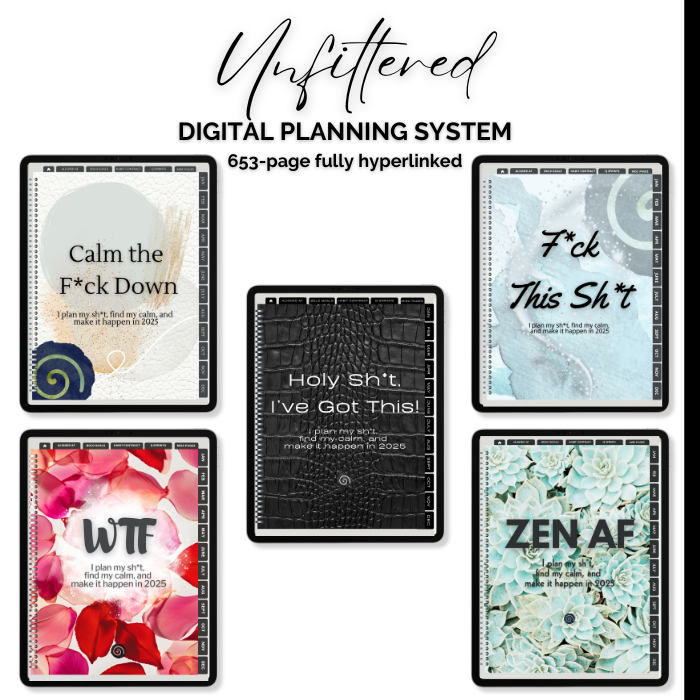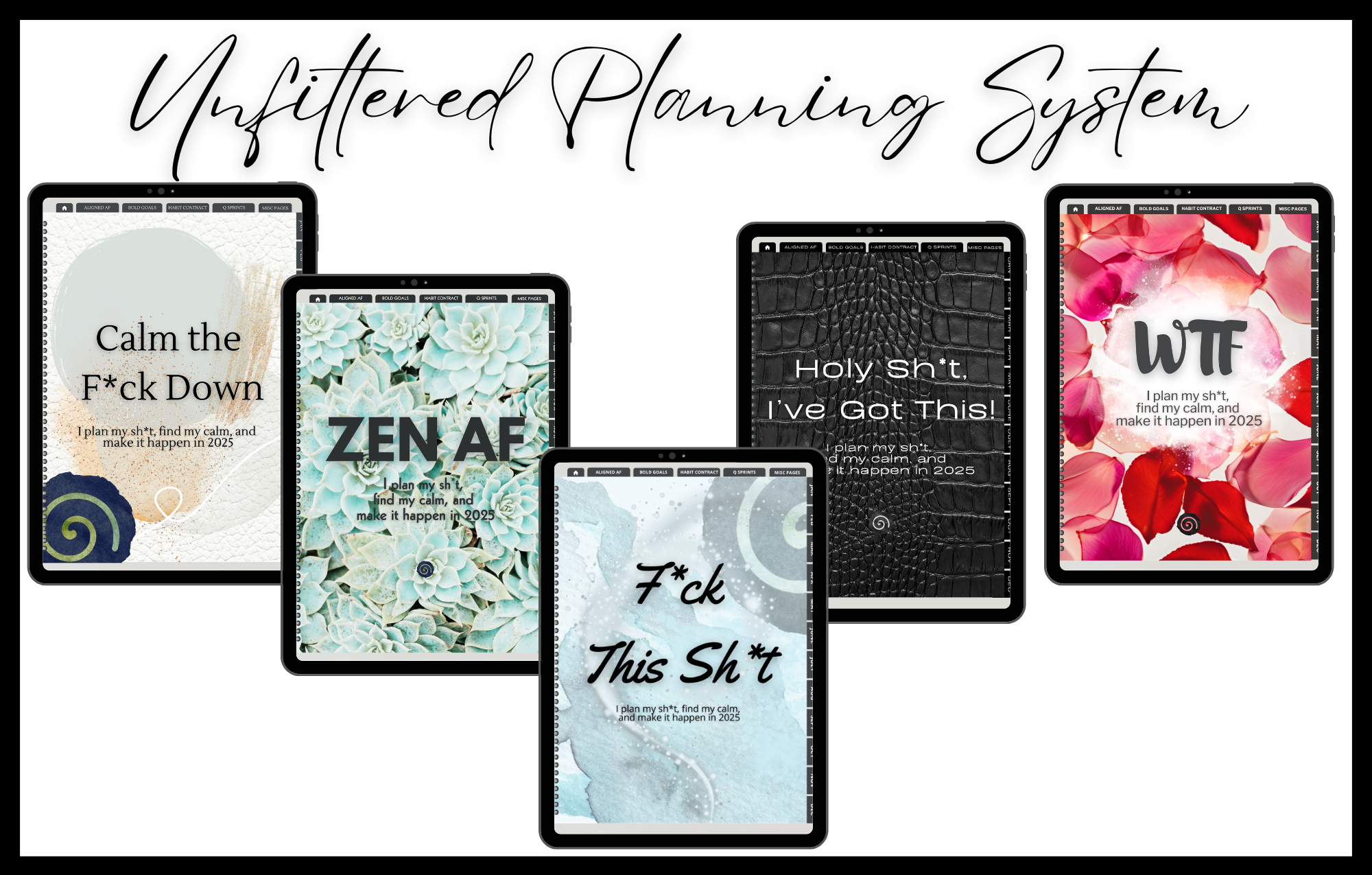It seems like everywhere you look online, people are talking about content marketing. And for good reason! Content is one of the most effective ways to reach your target audience and convert them into customers. Most business owners I talk to don’t know where to start when it comes to creating content that will help them achieve their business goals. In this video, I’ll walk you through the 7 steps you need to take to create content that converts.
If you just want the show notes then read those below!
If you’re like most coaches, you know the importance of creating content that engages your audience. But what happens when you sit down to write, and the words just don’t come? Don’t worry -we’ve got you covered.
1. Know Your Content Goals
You’d think one is a no-brainer but based on some people’s social profiles they missed the important step of knowing your content goals. Far too often I audit social profiles I see eye-catching posts but the content doesn’t seem to have a clear direction that will help them achieve a business goal. Having a specific goal in mind will help you focus your efforts and create content that is more likely to achieve your desired results.
Some common content goals include:
- Increasing brand awareness
- Driving traffic to your website
- Growing your email list
- Converting leads into customers
- Getting followers to opt-in for a free or paid workshop
Are there other content goals you have that are not listed? Once you know what you want to achieve, you can begin to develop a strategy for creating content that will help you reach your target audience. Focus on one main goal at a time to simplify the creation process.
2. Research your audience
Content should always be written with a target audience in mind. Do you know who your ideal audience is?
The best way to make sure you are creating content that appeals to your target audience is to spend some time researching them. Create a buyer persona/avatar for your business. This is a semi-fictional representation of your ideal customer based on market research and real data about your existing customers. When you create a buyer persona, you will have a better understanding of the needs, wants, and pain points of your target audience. You will also better understand where they are spending time online. This information will be invaluable when it comes to creating content that resonates with them.
Great questions to ask yourself are:
- Where are they in stages of awareness?
- What are they struggling with?
- What questions do they have?
- What information do they need in order to make a buying decision?
3. Create a Content Plan
Once you know your content goals, you need to develop a plan for how you will achieve them. This includes deciding on the topics you will write about, the format of your content, and how often you will publish new content.
It’s important to remember that different social media platforms will require different content plans if you want to maximize your results. An example is Pinterest. The platform has its own search engine so your profile and pins will be very different than what you would create for Facebook or Insta.
Your content plan should be based on your target audience’s needs and interests.Your target audience has a problem that they need help solving. In order for your content to be effective, you need to identify the problem and position yourself as the solution. Answering the questions in Step 2 AND looking at your content pillars will help you develop a list of topics to write about that will be relevant and helpful to your target audience.
When it comes to formatting, you can mix things up by publishing blog posts, articles, infographics, live videos, reels and more. Experiment with different types of content to see what performs best with your audience. And finally, determine how often you will publish new content. Consistency is a must!
Now that you have a plan for what kinds of content you will create and how often you will publish it, the next step is to develop a content calendar. This will help you stay organized and on track with your content marketing efforts. Start by listing out the topics you will write about for each piece of content. Then, add in the format of each piece (e.g., blog post, video, etc.), as well as any other details such as the publish date, social media platforms you will promote it on, and any special keywords or hashtags.
4. Pay Attention to the Details
A big mistake I see people making is posting content that it’s hard to read on social. Use the ‘phone test’ to see how your content looks before you post it. When formatting your content, be sure to use headings, subheadings, and bullet points to break up the text and make it easier to read. Also, be sure to use eye-catching images to keep your audience engaged. If you are going to create a video then take video snippets on your phone that you can use and easily repurpose.
Remember – Instagram has to be shot vertically or it won’t look right on the platform. Wondering about the formatting? Upload a video clip to Insta and create a reel – then download it to your phone before you post it to see how it looks.
My favorite content creation hack is CANVA! The paid version at $13 a month is a steal for everything you get. I also use Canva to create all of my lead magnets, workbooks for my bootcamps and workshops and the guides for my paid coaching programs. Check Canva out if you don’t have it already.
Another detail that’s often overlooked is using the correct keywords and hashtags. These help your content get found by people who are interested in what you have to say.
Finally, be sure to use a CTA in every post to get your target audience to take action. Even though you think they will know the next step to take, make it easy to engage with you.
5. Choose the Right Visibility Playgrounds
If you want to increase your visibility with content know that not every platform is a fit for every person or target audience. When choosing a visibility playground, it’s important to consider where your target audience is spending their time. If you’re not sure which platforms are best for you, do some research to find out.
Visibility platforms include social media, email, podcasts (your own or as a guest), and blogs. There is no one answer when it comes to social media platforms. It really depends on your target audience and where they are spending their time. For example, if you’re trying to reach baby boomers, then you’ll want to focus your efforts on Facebook and LinkedIn. if you’re trying to reach millennials, then you’ll want to be active on Snapchat and Instagram.
Spoiler alert – where your audience is spending time and where you are comfortable posting could be two different things. The key is to meet your target audience where they are at and give them the content they are looking for.
6. Analyze and Adjust
The step most miss is the don’t analyze their content strategy and adjust accordingly. You can’t just set it and forget it when it comes to your content marketing efforts. You need to constantly analyze your results and make adjustments to maximize your reach and engagement. This goes back to your main content goals.
First, be aware of how social platforms limit views. FB biz goes to 1-2% of your audience so if you have 2000 followers then 20-40 people might see your post. And I stress MIGHT. This sets the right expectations.
If you have a funnel and the goal is to drive traffic from a pin to a blog post that has an opt-in for a lead magnet then you can track metrics at each step. This will help you see what’s working and what’s not so you can make the necessary changes. Some of the metrics you should be tracking include pin views, page views, time on page, bounce rate, social shares, and email signups.
Once you have a good understanding of your metrics, you can start making tweaks to improve your results.
7. Repurpose, Repurpose, Repurpose
One of the best ways to get the most out of your content is to repurpose it. You can do this by taking one piece of content and turning it into several different pieces. For example, if you have a blog post, you can turn it into a video, an infographic, or a series of social media posts. I write one script and repurpose it into a blog post, social content, reels and GIFs too. This not only allows you to get more mileage out of your content, but it also allows you to reach a wider audience.
An easy way to track your content for repurposing is to create a spreadsheet with your videos scripts, blogs and most popular posts. Add the date and the relevant links to your website and posts. This makes it easy to know where you want to drive engagement. An example of repurposing is to send an email to your list with the snippet of your social media post and include the link that takes them directly there. Remember to ask them to comment on it which in turn increases the views and engagement.
So there you have it – the 7 steps to creating content that converts. Now it’s time for action! If you follow these steps and do the work, you’ll be well on your way to achieving your content marketing goals. Pick one piece of content and start repurposing it today.
>>>>>>
Ready to create LESS content but still amplify your online authority, add hundreds of subscribers to your email list and get more leads (in a month) without launches, Facebook ads, or relying on social media…
The Visibility Builders Society can help you do just that! The system works even if you have a small audience or haven’t created an offer yet!
